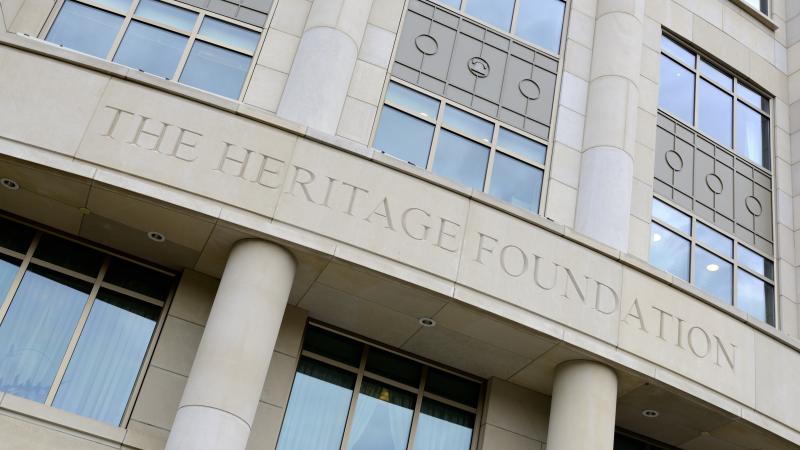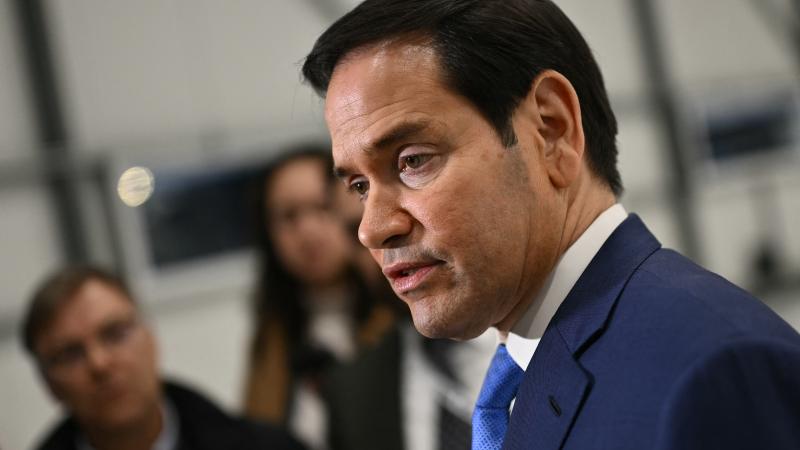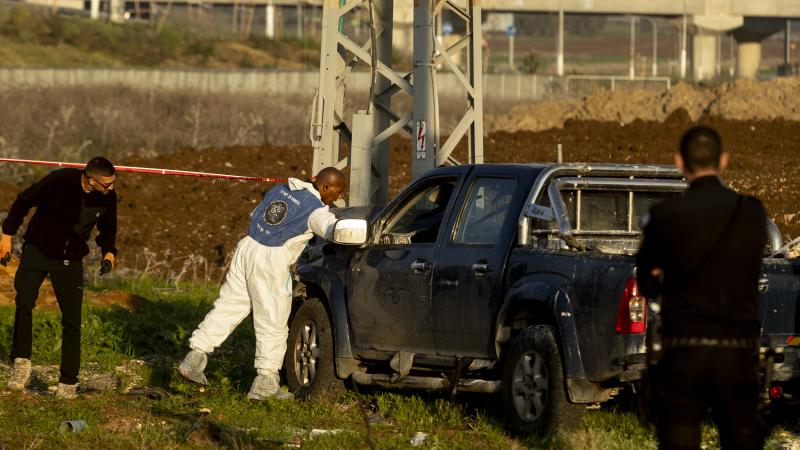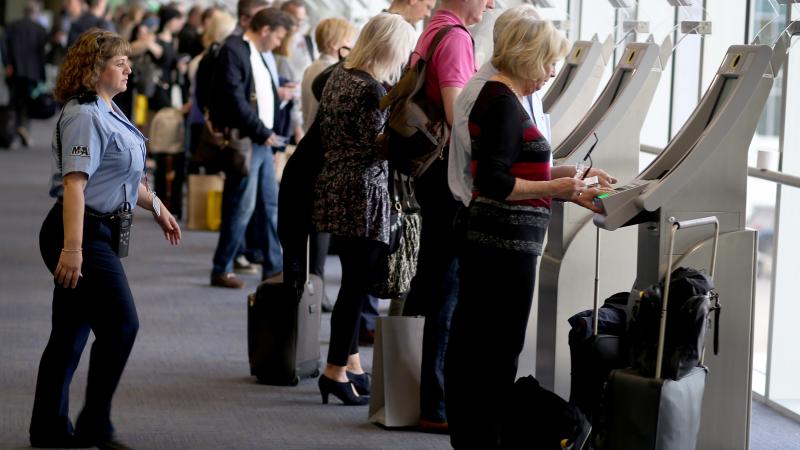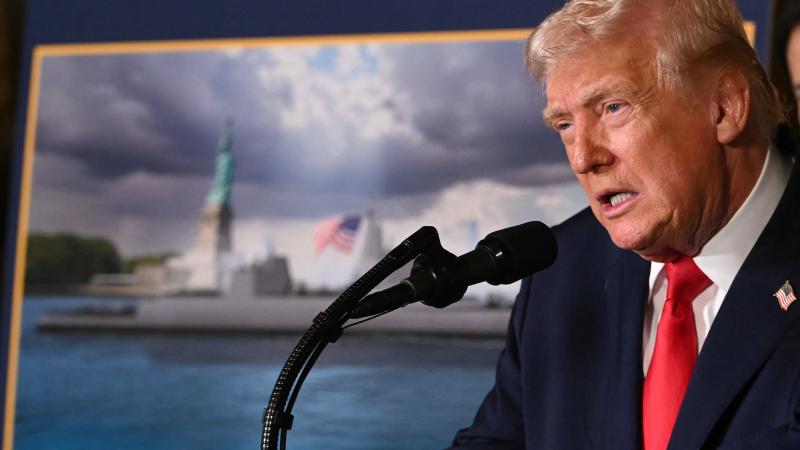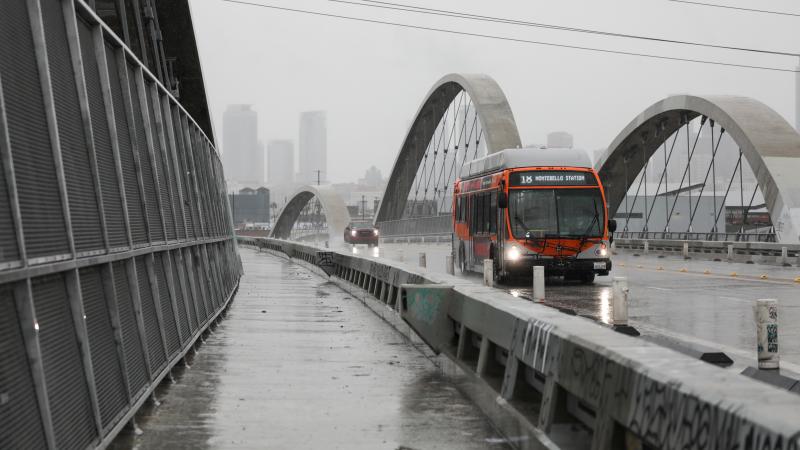Trump VA eyes monitoring socks to tackle diabetes, amputation crisis
Device described as “air pods” in socks that measures the temperature in wearer’s feet and transmits data to nurses.
Roughly one in four patients at the Veterans Administration have some form of diabetes, with many former servicemembers facing amputations and higher mortality rates as a consequence.
The Trump VA hopes to tackle this crisis under Secretary Doug Collins and is exploring a novel preventative care option in the form of monitoring socks to identify developing problems that could force the removal of limbs early on.
Apart from being one of the most pervasive health conditions in the veterans community, diabetes is also the leading driver of amputations for veterans, especially for lower limbs.
Loss of a foot or leg subsequently leads to a number of comorbidities and a significantly reduced average longevity.
The VA is, of course, aware of the problem and has programs in place to address it. Speaking to Just the News, VA Press Secretary Pete Kasperowicz said that the “VA has dedicated itself to reducing amputations since 1993, when the Prevention Amputation Care and Treatment Program was implemented.”
“This program identifies patients at risk (those with diabetes, chronic kidney disease, peripheral arterial disease or sensory neuropathy of any cause), screens for disease precursors, and provides timely and appropriate care based on their individual risk,” he added.
“Temperature monitoring socks are available for eligible Veteran patients who are at the highest risk for amputation. Monitoring socks can detect areas of increased temperature in the bottoms of the feet that may potentially signal the onset of a diabetic foot ulcer, often allowing for earlier intervention and treatment.”
For proprietary reasons, the VA declined to comment on specific brands and contractors. But Just the News spoke to Chris Lovell, the head of Lovell Government Services, a contractor working with Siren Care to supply the monitors to VA facilities. Lovell highlighted that the causes of widespread diabetes in the veteran community are varied, with some cases linked to herbicide exposure during the Vietnam War. But much of the issue stems from the transition to domestic life for many more.
“Some of it is just lifestyle, let’s be honest,” Lovell said. He further pointed to the condition’s propensity to cause foot ulcers that then prompt foot amputations. To help prevent such developments, Lovell is working with the VA to improve monitoring through the use of diabetic monitoring socks via Siren Care.
Lovell described the device as “air pods” in socks that measures the temperature in the wearer’s feet and transmits data to nurses monitoring them for 12 hours per day, saying the method is “lightyears ahead of what’s happening now.” At present, many VA clinics use mats upon which at-risk patients will stand for one minute per day in order to detect abnormalities. While the VA has begun to adopt the monitoring sock system, the agency is still working to make them more readily available.
“We are having almost weekly discussions with the VA leadership,” Lovell added. “They are very much interested in introducing this on a wider scale.” He specifically expressed hopes to see the socks implemented in a standard dropdown menu for ordering at VA facilities.
Though the diabetic amputations issue remains prevalent among veterans, their satisfaction with the VA has steadily improved in recent years, with Lovell pointing to Secretary Collins’s veteran status as a reassuring fact for the community.
“When the veterans see that a veteran has been appointed as the head of the VA, that gives us comfort,” Lovell said. “What I see from just kinda word on the street… veterans understand that the VA is going through a transition… the focus is really “[h]ow do we take care of veterans.’ Secretary Collins said that and I believe him.”
To bolster his point, Lovell pointed to the Trump administration’s success in reducing the backlog of claims for VA benefits by more than half in just half a year, nothing that “[w]hen Trump took office, there were 400,000 claims for VA benefits - went from 400,000 to 172,000 - inauguration to June.”
Since the start of Trump’s first term in 2017 and through the Biden administration, the VA has generally seen veteran satisfaction with care at its facilities rise dramatically. From the second quarter of fiscal year 2016 to the present, the VA Trust Survey reported a surge from 55% to 79% satisfaction. That figure is separate from the VA’s periodic survey of veterans, which measures overall approval and puts that figure at 93% at present.
Ben Whedon is the Chief Political Correspondent at Just the News. Follow him on X.

